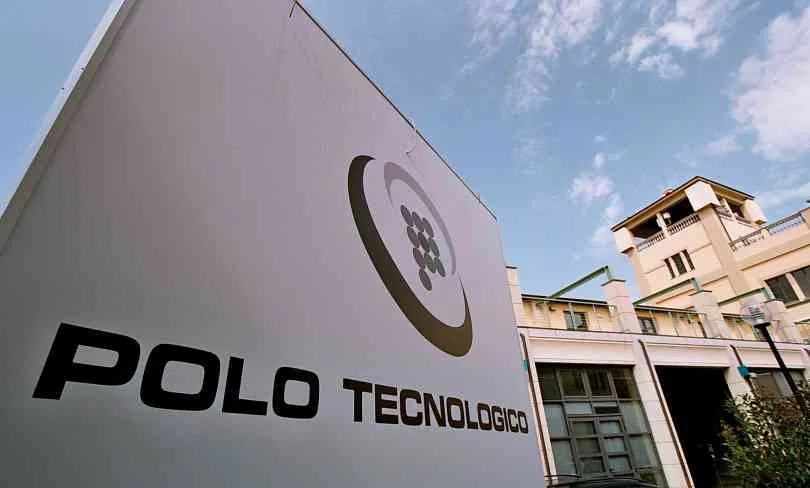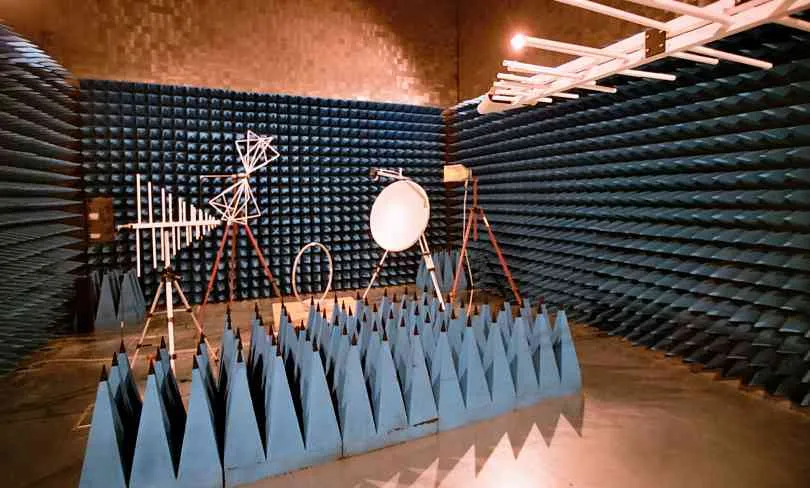
Navacchio Science and Technology Centre
Location: Cascina - Loc. Navacchio (Pisa)
Design: Water-heating-hydraulic systems: Mr. Fausto Benedettini – Mr. Davide Picchi (Pisa) – Mr. Francesco Meoli
Client: Polo Navacchio S.p.a. (Company managing the Science and Technology Centre)
“When we were invited to design the mechanical systems for the second lot of the “Technology Centre” in Navacchio, in the municipality of Cascina (PI), building on the experience gained with the design and construction of the first lot and in response to the client's requests, we designed systems that would interfere as little as possible with the architectural choices, making them as simple as possible in shape, construction and operation, but with a high technological content, in terms of energy savings and respect for the environment, and also as regards centralised management by the client company. [...]
An adequate dimensioning of the pipes is usually enough to ensure balanced circuits, in medium-small systems.
In order for the most disadvantaged circuit to reach at least the nominal rate without balancing, an oversupply would be generated in the other circuits, which would result in increased power consumption by the pumps and noise issues due to higher flow rates. Conversely, if the nearest circuit was to be fed with its project flow rate, the other circuits would be under-supplied.
Adding balancing valves on each circuit, the project flow rate would be guaranteed to each circuit, at least until some of the circuits were shut down. In that case, the shutdown of some of the circuits – which could happen because they are individually managed utilities and not a single system – would lead to a flow increase, compared to the nominal value, on the circuits that were left open.
The above-mentioned problems can be solved only with the use of automatic flow rate regulators (AUTOFLOW type), which are designed to maintain constant flows when there is a change in the upstream and downstream pressure differential. [...]
Each user can manage their own system; therefore, it is necessary to ensure that everyone pays for what they actually consume.
The problems related to the allocation of heating costs have been, and still are, one of the main reasons for complaints when there is a centralised system.
The most common methods are: distribution of costs in thousandths, heated volume or other mixed methods.
In this case, we thought of a direct consumption accounting system.
The system designed for keeping account of consumption will consist mainly of immersion probes in the delivery and return pipes, for the acquisition of the user TD, and a water meter with pulse output, which will measure the flow in the system and send the data to a specific control unit for the area.
The control unit will be capable of detecting if the consumption is for heating or cooling (according to the temperatures read by the probes), and it will display the actual consumption.
Each control unit will then be connected to a centralised system (controller) that will capture all data enabling the management company to process and divide the heating costs, via software, and also print out the customised accounts showing heat consumption and related costs."
Courtesy of Mr. Fausto Benedettini - from the Technical Report on Mechanical Systems for the 2nd Lot.
The Technology Centre was established with the aim of creating the conditions for improving market competitiveness of small and medium-sized companies, responding to their needs in terms of innovation, and providing technological knowledge from centres of excellence and from the research system. When dozens and dozens of high-tech companies are located in a single dedicated environment, it is also possible to achieve increased scale economies in the management of structure and value-added services, while promoting collaboration and cooperation between the companies and the Centre and between the various companies themselves.
The technological development and the scientific research brought about in the local system allow companies in the area to participate in national and European research networks, by concentrating in a single location several companies that offer high-quality expertise and know-how to the service sector, thus creating a laboratory for new technologies and promoting cooperation between enterprises, research centres and universities.
taken from the Italian version of polotecnologico.it














